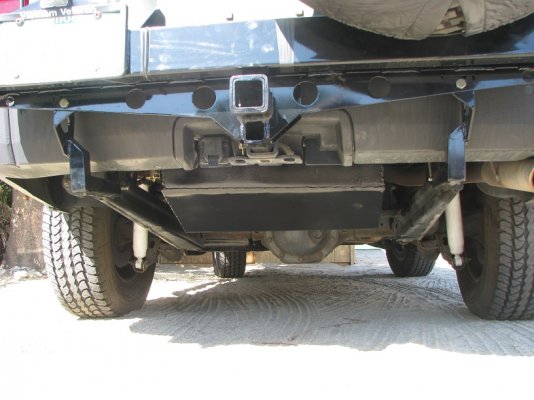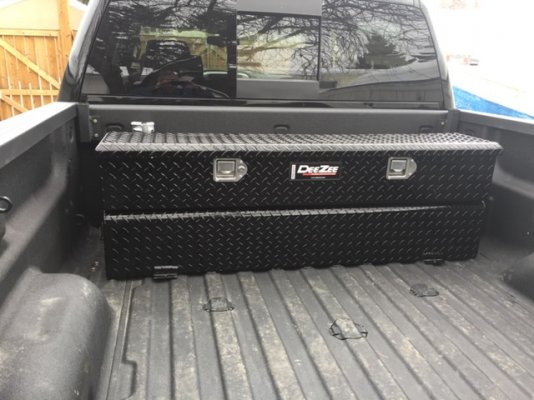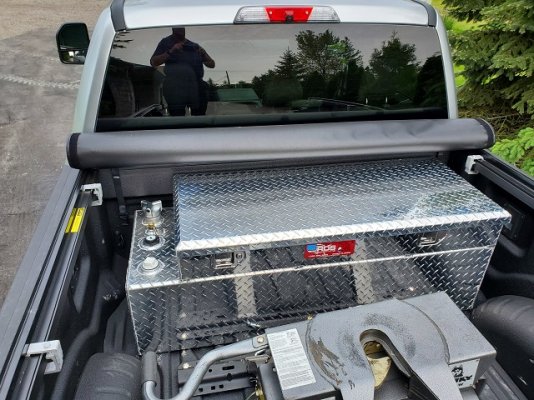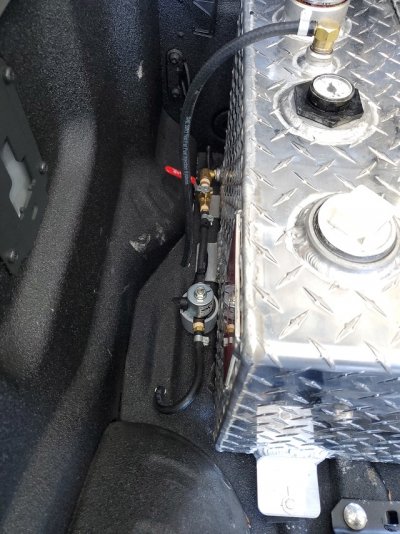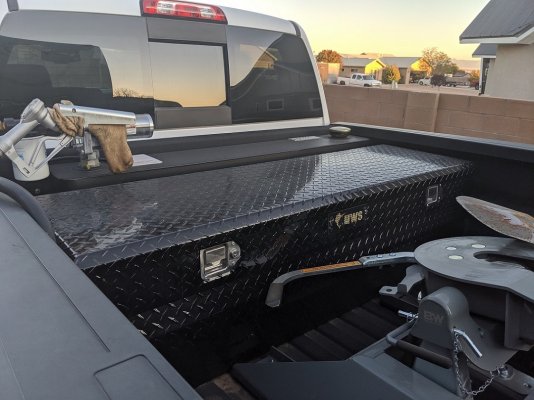Rob&Deryl
Well-known member
I am thinking that for long trips it may make sense to have an auxiliary fuel tank to extend our range. A tank that more or less doubles what the stock tank can do seems as if it might not occupy too much of the truck bed.
I would love the thoughts from those of you who have done this.
Best case would be a tank that could come out when the 5th wheel isn?t going to be used for a while.
Thanks
I would love the thoughts from those of you who have done this.
Best case would be a tank that could come out when the 5th wheel isn?t going to be used for a while.
Thanks

